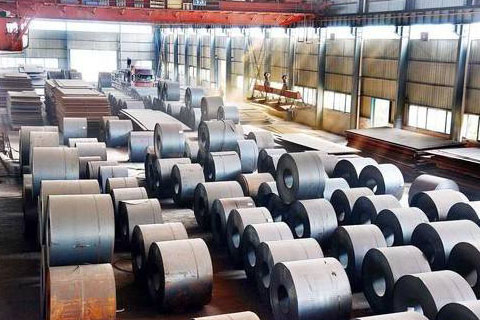Facing severe overcapacity, high levels of indebtedness and widespread losses, the Chinese government announced plans in late 2015 to support China’s steel sector, pledging to reduce 100 to 150 million tonnes of capacity between 2016 and 2020.

Now, with nearly 18 months to spare, the government has already achieved its goal.
Annual production capacity has been reduced to around 1.1 billion tonnes, leading to a sharp improvement in capacity utilisation rates at China’s remaining steel producers.
It shows that as capacity has been reduced, utilisation rates have improved dramatically, helping to support margins, the profitability of producers as well as bulk commodity prices, especially for high quality, high cost grades given an increased focus from policymakers to help improve air quality in northern regions of the country.
Vivek Dhar, says those trends are likely to continue in the period ahead.
“We expect the uptrend in utilisation rates still has a little bit more to go, before plateauing by 2019,” he says.
“We think higher capacity utilisation rates will support steel prices as it has done since 2015. That will likely help demand and prices for coking coal and iron ore over the short term.”